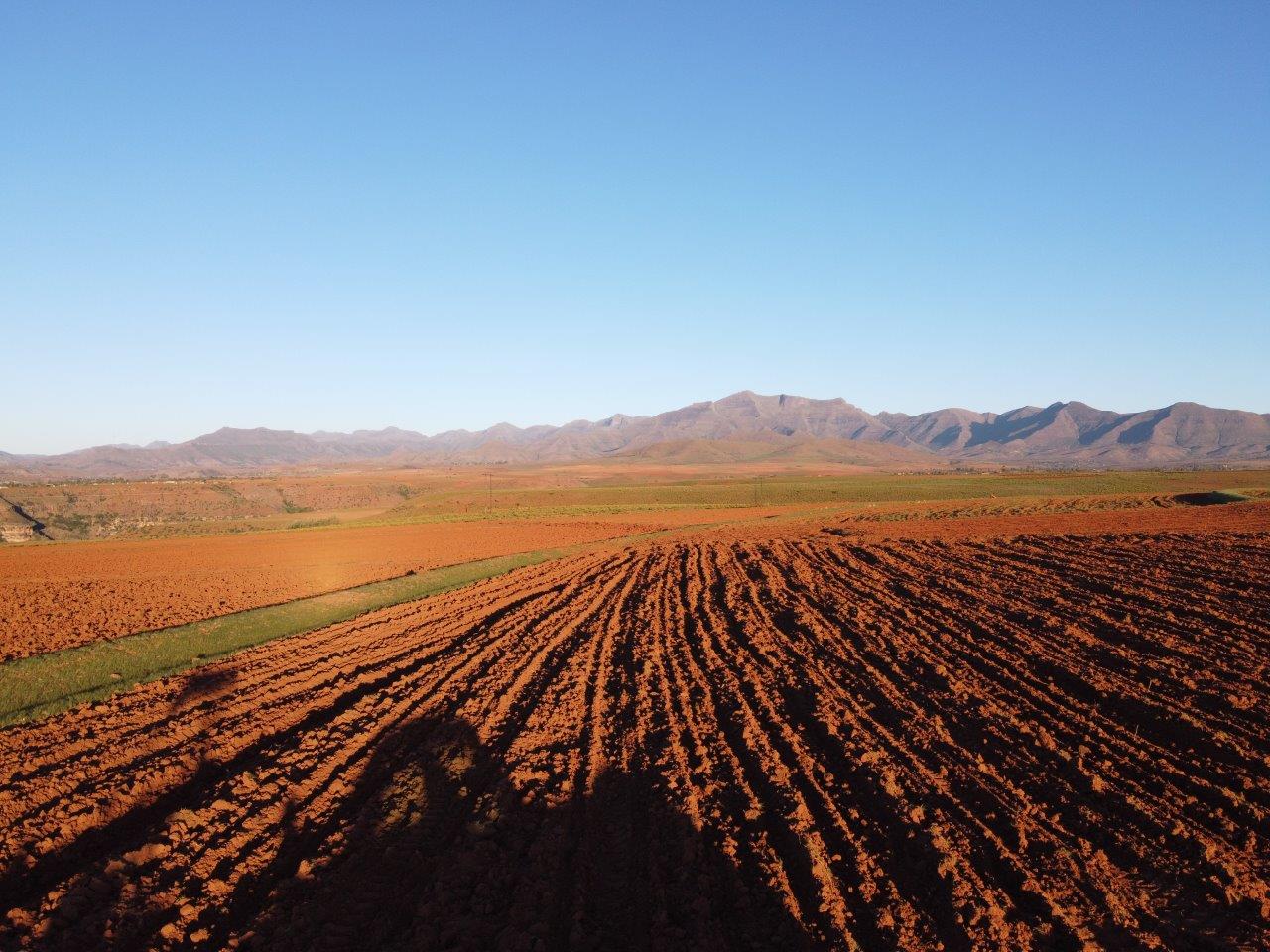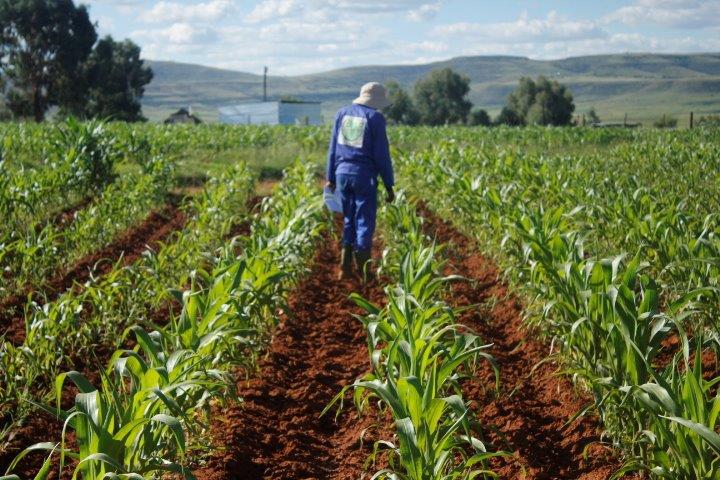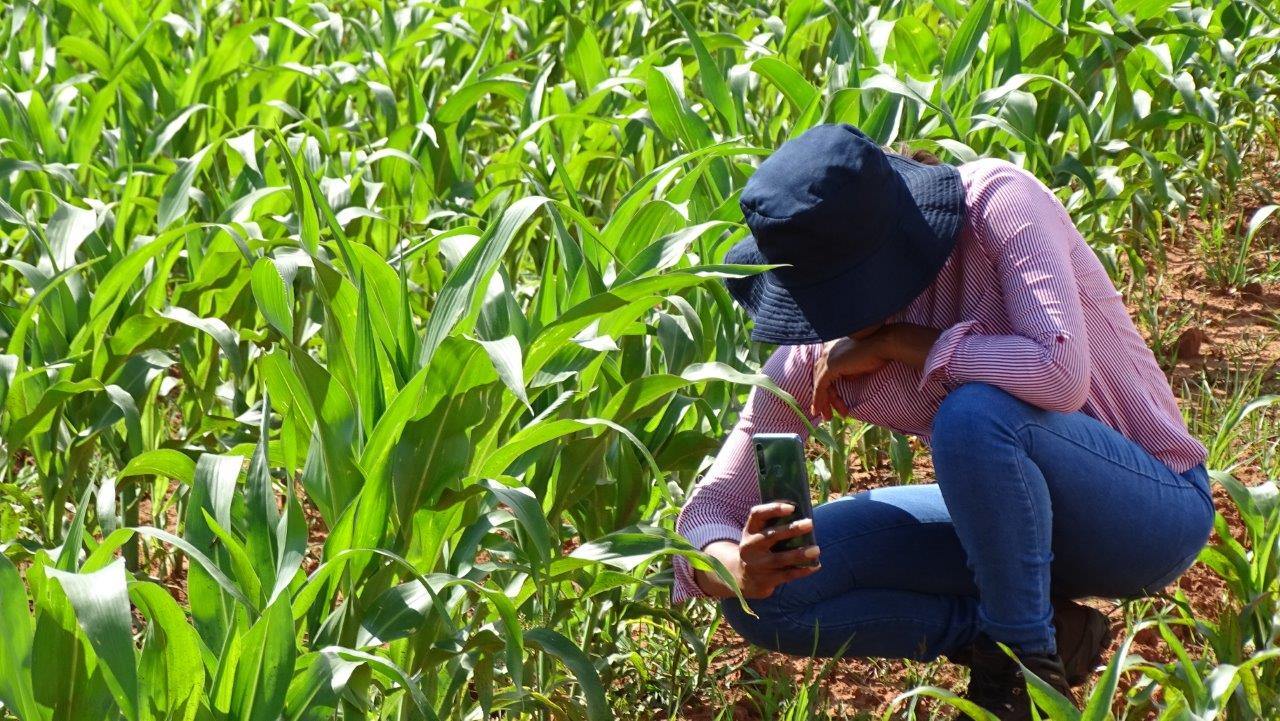Regenerative Agriculture
REGENERATIVE AGRICULTURE
Regenerative Agriculture is a holistic land management practice that leverages the power of photosynthesis in plants to close the carbon cycle, and build soil health, plants & crop resilience and nutrient density. Regenerative agriculture improves soil health, primarily through the practices that increase soil organic matter. This not only aids in increasing soil biota diversity and health, but increases biodiversity both above and below the soil surface, while increasing both water holding capacity and sequestering carbon at greater depths, thus drawing down climate-damaging levels of atmospheric CO2, and improving soil structure to reverse civilization-threatening human-caused soil loss. Research continues to reveal the damaging effects to soil from tillage, applications of agricultural chemicals and salt based fertilizers, and carbon mining. Regenerative Agriculture reverses this paradigm to build for the future.
Why Regenerative Agriculture?
The loss of the world’s fertile soil and biodiversity, along with the loss of indigenous seeds and knowledge, pose a mortal threat to our future survival. According to soil scientists, at current rates of soil destruction (i.e. decarbonization, erosion, desertification, chemical pollution), within 50 years we will not only suffer serious damage to public health due to a qualitatively degraded food supply characterized by diminished nutrition and loss of important trace minerals, but we will literally no longer have enough arable topsoil to feed ourselves. Without protecting and regenerating the soil on our 4 billion acres of cultivated farmland, 8 billion acres of pastureland, and 10 billion acres of forest land, it will be impossible to feed the world, keep global warming below 2 degrees Celsius, or halt the loss of biodiversity. Sustainable Practices include:
1. No-till/minimum tillage. Tillage breaks up (pulverizes) soil aggregation and fungal communities while adding excess O2 to the soil for increased respiration and CO2 emission. It can be one of the most degrading agricultural practices, greatly increasing soil erosion and carbon loss. A secondary effect is soil capping and slaking that can plug soil spaces for percolation creating much more water runoff and soil loss.
2. Soil fertility is increased in regenerative systems biologically through application of cover crops, crop rotations, compost, and animal manures, which restore the plant/soil microbiome to promote liberation, transfer, and cycling of essential soil nutrients. Artificial and synthetic fertilizers have created imbalances in the structure and function of microbial communities in soils, bypassing the natural biological acquisition of nutrients for the plants, creating a dependent agroecosystem and weaker, less resilient plants.
3. Well-managed grazing practices stimulate improved plant growth, increased soil carbon deposits, and overall pasture and grazing land productivity while greatly increasing soil fertility, insect and plant biodiversity, and soil carbon sequestration. These practices not only improve ecological health, but also the health of the animal and human consumer through improved micro-nutrients availability and better dietary omega balances.
We have started implementing regenerative practices on some of our farms such as in Lesotho.




